
How do you add subtitles in ShotCut?
In this blog, you will discover how to add subtitles to a video in ShotCut.

When you read something about subtitle types, people often mention open and closed captions. But what do these terms actually mean? What can you do with them? Should you even care? We explain the distinction between the two and more in this blog.
Open captioning is the display of what is being said at the bottom of the screen. Usually in white lettering and in a maximum of two lines. Open subtitles are permanently visible as the viewer does not have to turn them on. An example of open captions would be the text displayed at the bottom of the screen when at the movies.
Closed captions are subtitles that are primarily intended for the deaf and hard of hearing. These closed captions are indicated by the universally recognized “CC” symbol. As a viewer, you can choose to turn these closed captions on or off. With closed captions, the reading speed is faster than with open captions.
Research has shown that the target audience (mostly the deaf and hard of hearing) prefer an increased reading speed as in this way more text can be displayed simultaneously.
Closed captioning also often requires more text. The aforementioned target audience does not receive the extra information that hearing viewers pick up through audio. Case in point, with open captioning, simple answers like “yes” and “no” are usually omitted, because the viewer hears and understands them. On the other hand, with closed captioning, sounds such as a telephone ringing or a knock on a door should also be included in the description.
Open subtitles should be used if the option to turn subtitles on or off is not available. For example, some online hosting services do not offer subtitling, making it necessary to add subtitles by default. In fact, subtitles are also increasingly becoming a must for videos that are posted on social media. Research has shown that 85% of all videos are watched without sound. Thereby making subtitles an invaluable addition to video content in general.
Closed captions were initially created for the deaf and hard of hearing to assist with comprehension and immersion. Additionally, they can also be used as a tool by those learning to read, learning to speak a non-native language, or in an environment where the audio is difficult to hear or is intentionally muted. Closed captions can also be used by viewers who simply wish to read a clear transcript along with the program audio.
In summary, it is the availability of choice that is the major difference between open and closed captioning. Considering such a large portion of viewers prefer to customize their viewing experience, you’ll mostly want to use closed captioning whenever you can.

In this blog, you will discover how to add subtitles to a video in ShotCut.

In this article, we take you through the history and evolution of subtitling.
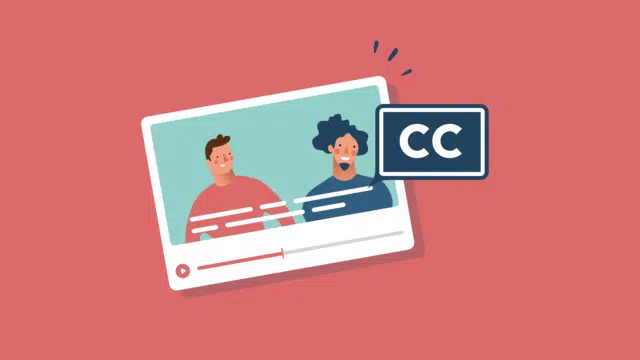
Discover in this article how to set up step-by-step subtitles for TV for deaf and hard-of-hearing individuals, enabling them to enjoy television programs as well.
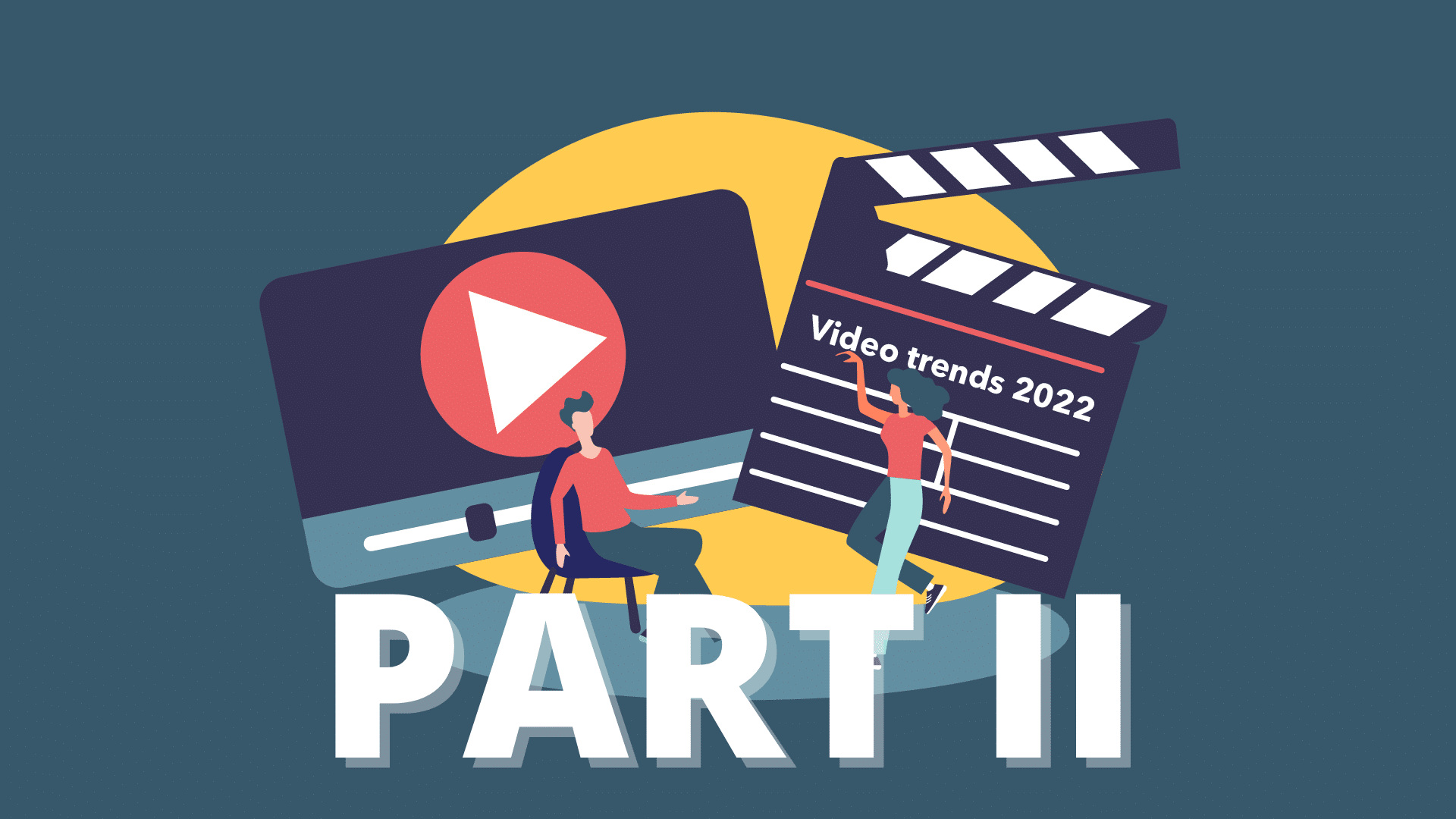
In this blog, we tell you all about the upcoming video trends for this year (part2).

In this blog, we tell you all about the upcoming video trends for this year.
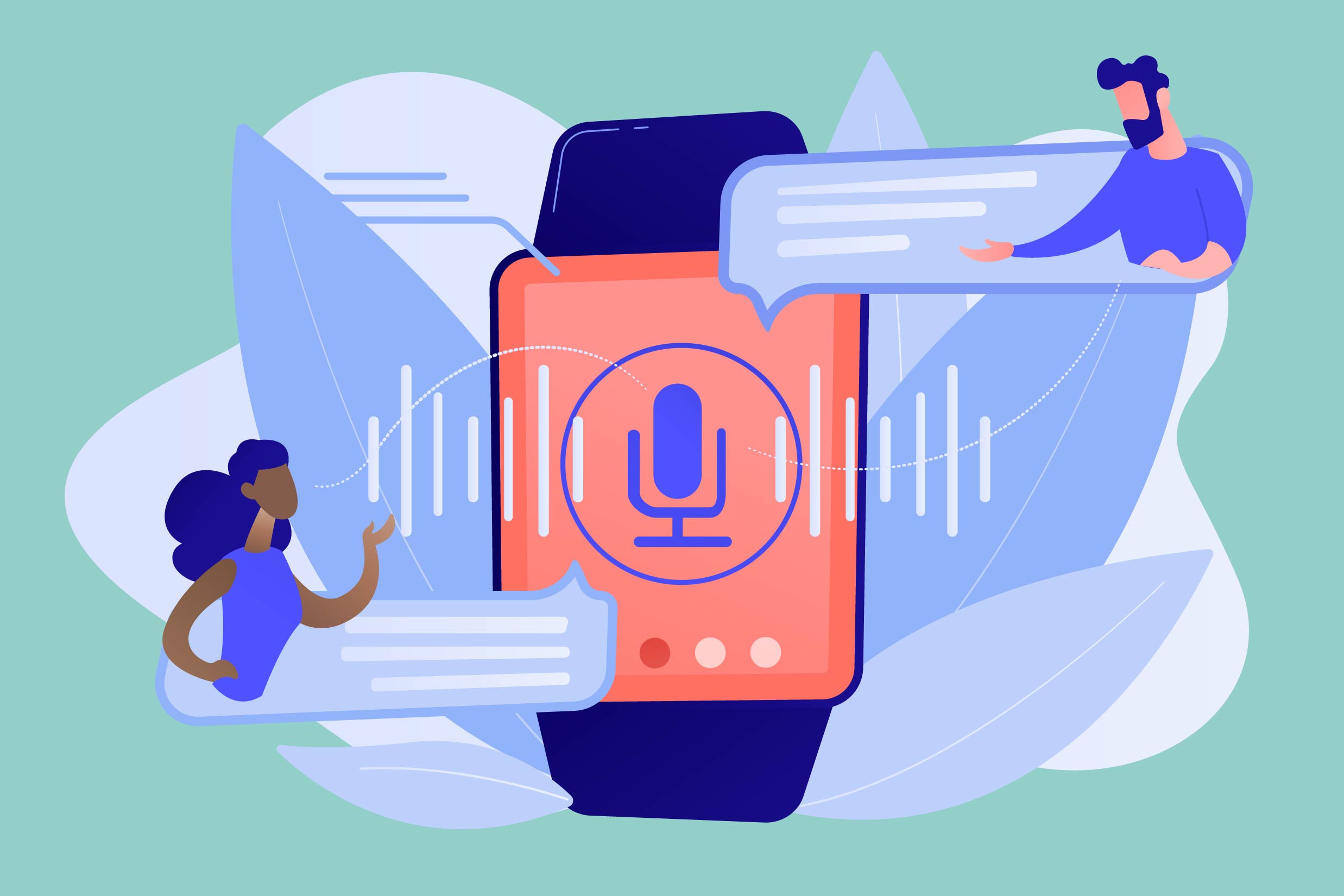
In deze blog leggen we je uit hoe je een video kan vertalen met Triple8 en waarom dat handig kan zijn.

In this new blog we talk about transcribing, what does it stand for and how to use it.
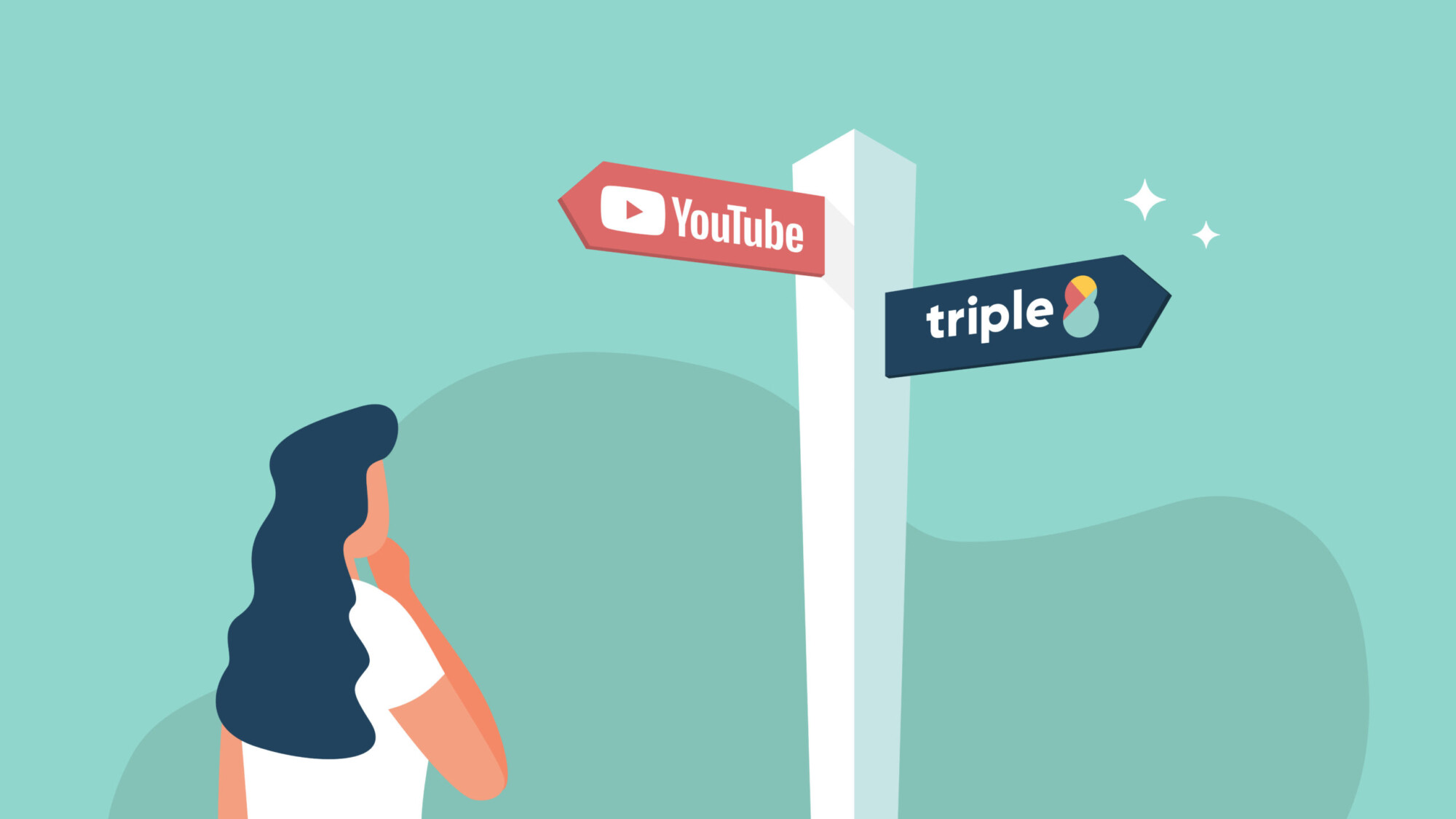
In this guide we explain the difference between subtitling your videos via the YouTube Studio and the Triple8 editor.

In this guide we will explain how to create subtitles for LinkedIn videos in 3 easy steps.

Adding subtitles to your Instagram videos is easy with these 4 steps.
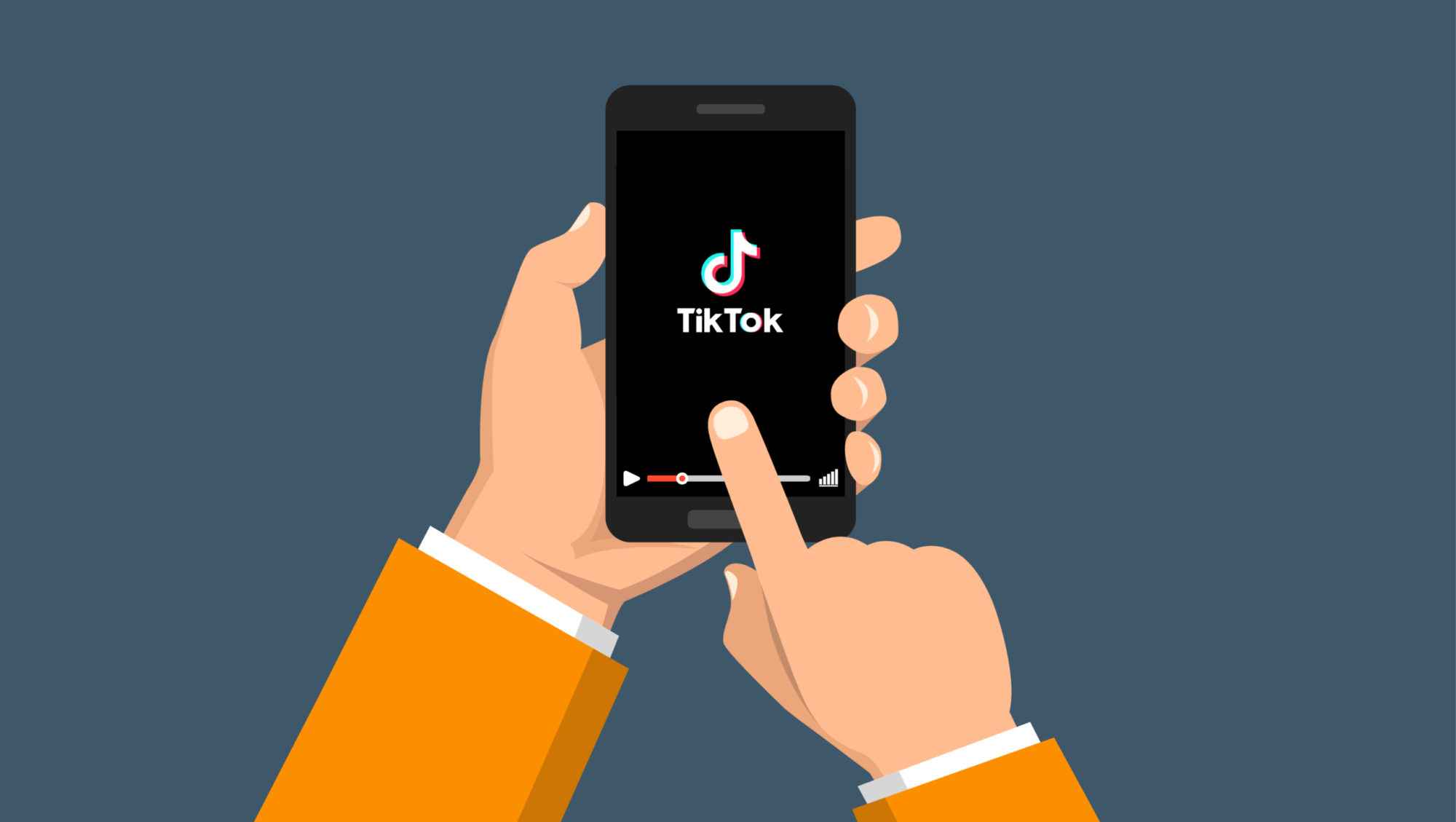
In this guide, we will explain how to add subtitles to your TikTok videos in 4 steps.

In Premiere Pro you can add subtitles in two different ways. In this guide we explain how to add subtitles in Premiere Pro and we show you how to edit them.

In this guide we explain how to add subtitles to your iMovie project. Although iMovie does not have a subtitle function there is a way to manually add subtitles to your iMovie project.

Adding subtitles to your Facebook videos will allow your video to be viewed without sound and make it more accessible to the deaf and hard of hearing. Subtitles will increase the reach of your videos. In this guide, we will show you how to add subtitles in multiple languages to your video, edit and remove them on Facebook.

What is a SRT file, what does the abbreviation stands for and when do you need it?

In this guide on subtitling videos, we explain what an SRT file is and how to subtitle videos on Facebook, Youtube, Instagram, TikTok, LinkedIn, Premiere Pro and iMovie.

In this guide we explain how you can add, edit and delete subtitles in multiple languages on YouTube.